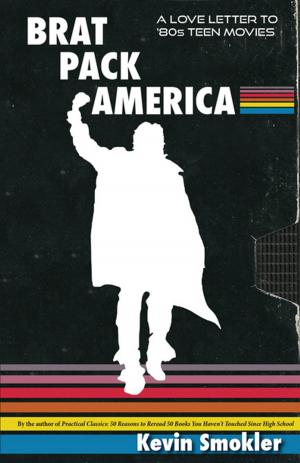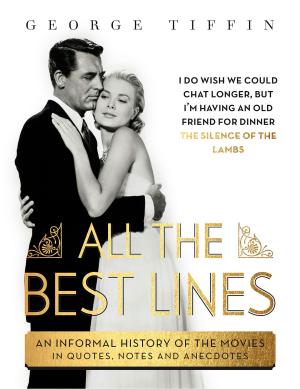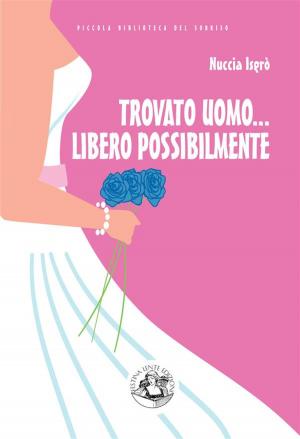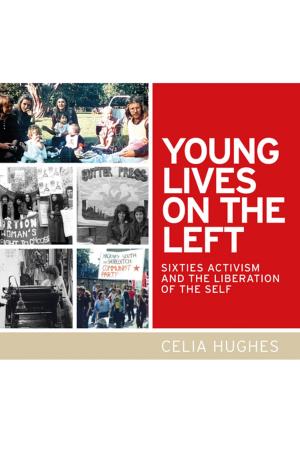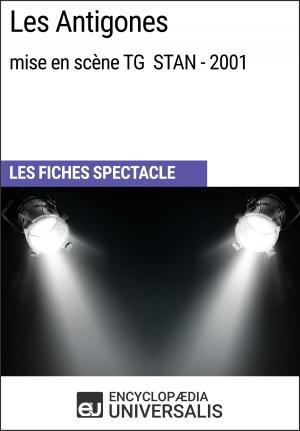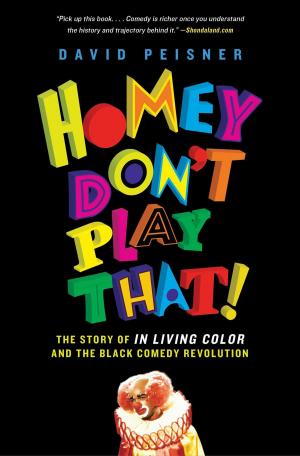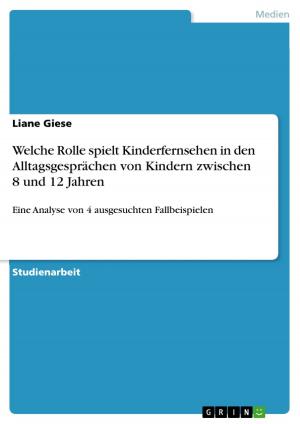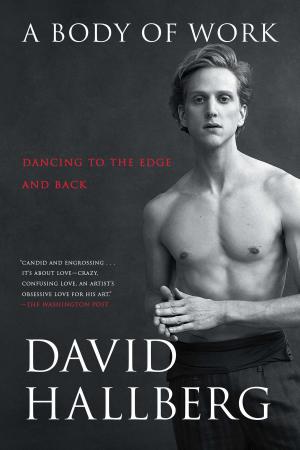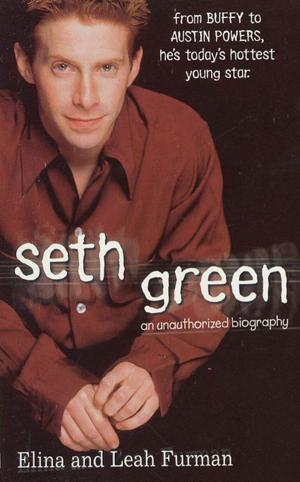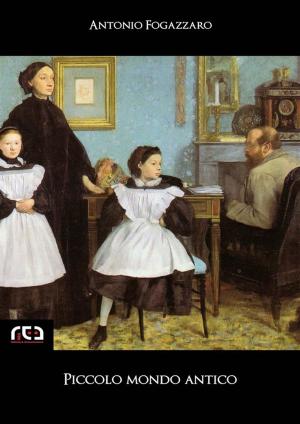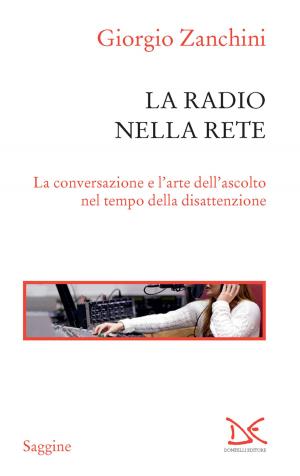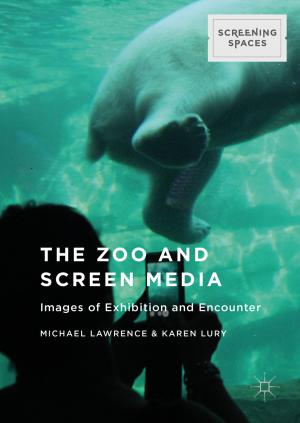Movies in Our Time
Hollywood Mirrors and Mimics the Twentieth Century
Nonfiction, Entertainment, Film, Reference, History & Criticism, Performing Arts| Author: | Jacqueline T. Lynch | ISBN: | 1230002355795 |
| Publisher: | Jacqueline T. Lynch | Publication: | June 3, 2018 |
| Imprint: | Language: | English |
| Author: | Jacqueline T. Lynch |
| ISBN: | 1230002355795 |
| Publisher: | Jacqueline T. Lynch |
| Publication: | June 3, 2018 |
| Imprint: | |
| Language: | English |
Hollywood films from the 1930s through the 1950s reflected their era—and sometimes created it.
Today, classic films are the moving image scrapbooks of collective memory, but when they were shown long ago in downtown movie palaces or neighborhood second-run movie houses, they were, as much as the newsreels, a catalogue of current events.
Movies in Our Time – Hollywood Mirrors and Mimics the Twentieth Century is a collection of thoughtful, humorous, and insightful essays on three decades of classic films and the culture that made them.
If you are a classic film fan who enjoys picking out the minutiae, you may already be aware that the minor actors in The Best Years of Our Lives tell us much more about the three returning veterans than they do themselves. You may already understand the telling significance of the social and political background of the delightful wartime comedy The More the Merrier. You may already be in tune with the message of films that led us into the frightening, fabulous fifties like I Want You (the American home front in the Korean War), Split Second (atomic bomb testing in the Nevada desert), Storm Center (a librarian is a victim of McCarthyism). If not, or if you think Peyton Place and Picnic are only about unhappy teenagers in small towns, then maybe you might enjoy another look at their faces—the stars, the character actors, the bit players.
Return to a world of our own making and our own telling. See how much significance these movies have today. Understanding the background is what puts color in a movie, even in a black and white film.
Hollywood films from the 1930s through the 1950s reflected their era—and sometimes created it.
Today, classic films are the moving image scrapbooks of collective memory, but when they were shown long ago in downtown movie palaces or neighborhood second-run movie houses, they were, as much as the newsreels, a catalogue of current events.
Movies in Our Time – Hollywood Mirrors and Mimics the Twentieth Century is a collection of thoughtful, humorous, and insightful essays on three decades of classic films and the culture that made them.
If you are a classic film fan who enjoys picking out the minutiae, you may already be aware that the minor actors in The Best Years of Our Lives tell us much more about the three returning veterans than they do themselves. You may already understand the telling significance of the social and political background of the delightful wartime comedy The More the Merrier. You may already be in tune with the message of films that led us into the frightening, fabulous fifties like I Want You (the American home front in the Korean War), Split Second (atomic bomb testing in the Nevada desert), Storm Center (a librarian is a victim of McCarthyism). If not, or if you think Peyton Place and Picnic are only about unhappy teenagers in small towns, then maybe you might enjoy another look at their faces—the stars, the character actors, the bit players.
Return to a world of our own making and our own telling. See how much significance these movies have today. Understanding the background is what puts color in a movie, even in a black and white film.


